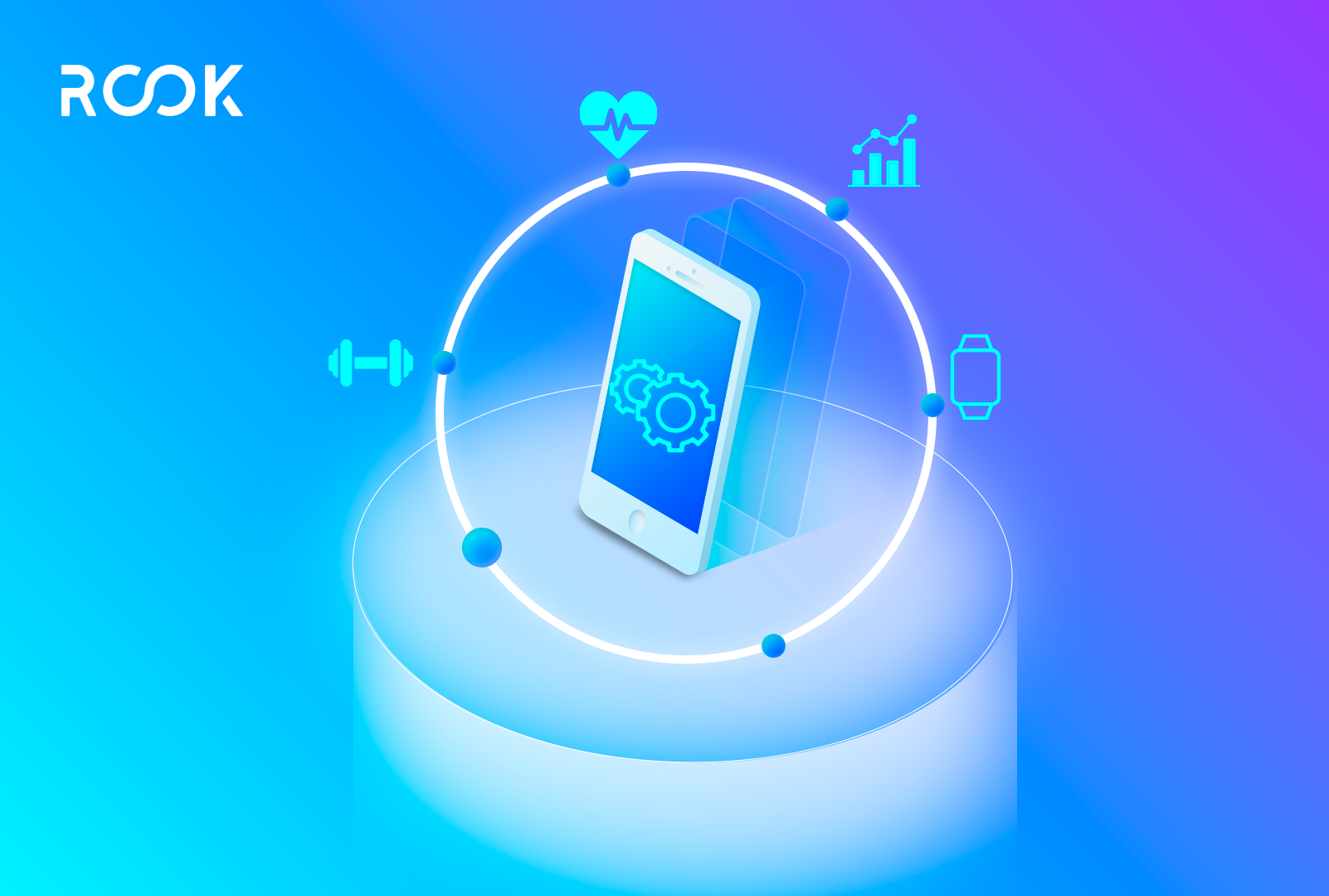Unlock Your Digital Health Business Potential with Wearable Data
As the health and fitness landscape fills more and more with noise, buzzwords, and contradicting information, one truth always rises to the top: consistency is king. Without it, people can't form new, healthier habits. Consistency is the only way to see fitness results, even in the short term. When people try all types of diets, apps, and routines and never see results, we know the problem is not the system but a lack of consistency.
Now, if we know consistency is the single most important factor from a user standpoint, it begs the question: how can your digital health business capitalize on it as it helps users to be more consistent? Engagement. If consistency is king, engagement is the almighty queen of the chess board.
Think of it this way: what apps do you use the most? Everyone's answer may be different, but the reason behind the heavy use of one app is always the same: it's the app that offers you the easiest, quickest access to what you want. It's the app that generates the most engagement with you.
You may be thinking. Okay, but generating engagement is easier for a photo-sharing app or a video platform, right? Not entirely. If engagement were inherently easier for an app that entertains, then every app of that kind would be extremely popular. Conversely, engagement is not inherently harder for one who provides health scores or fitness tracking. The difference lies in the next key point: proximity.
And that's where wearable data comes in. You can reach a super high level of proximity with your users with incentives, nudges, and personalised insights, all of which come from biomarkers you can gather from their wearables. This level of proximity can turn your app into a trusty companion, a personal cheerleader that incentivizes and celebrates your users' achievements.
Since wearables give you access to your users daily, they allow you to trigger engagement opportunities throughout the day. Proximity becomes familiarity, and eventually, it turns into trust.
And this is the beginning of a positive feedback loop: as your users use your app more and more, they develop familiarity and trust. Then, they are more likely to use it consistently, thus gaining better health and fitness results. This increases their trust and short-term motivation, so they continue to engage more.
This positive loop benefits your users' health but also allows you to retain clients for longer and organically attract new users, whether through organic media channels or mouth-to-mouth. Interestingly enough, this can also boost your paid media efforts because the trust gained with your current users can transfer to their immediate circle, making your paid ads way more potent.
Also, integrating behavioural science with real-time data analytics allows for more personalized interventions, which means that the positive engagement loop also gives you more points of contact with your users, which they will perceive as convenient and timely.
The typical user of a wearable device is more sophisticated than ever. They don't want data only; they want actionable insights and scores. Yes, they want detailed information about their health metrics, but they also want guidance on what to do with them or how to interpret them.
This is a major shift that can be capitalised on by the companies who can get access to integrate their apps to the largest amount of wearables, as they will be able to communicate with their users seamlessly, removing most of the friction and generating the most potent form of loyalty: the one that stems from continual engagement and real results.
Consistency drives results for your clients. Engagement drives results for your digital health business, and wearable integrations are at the heart of it all.

